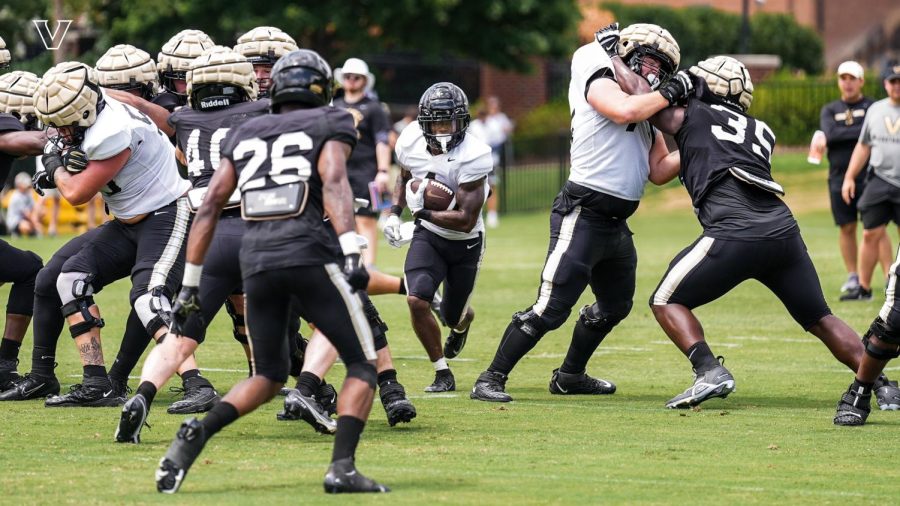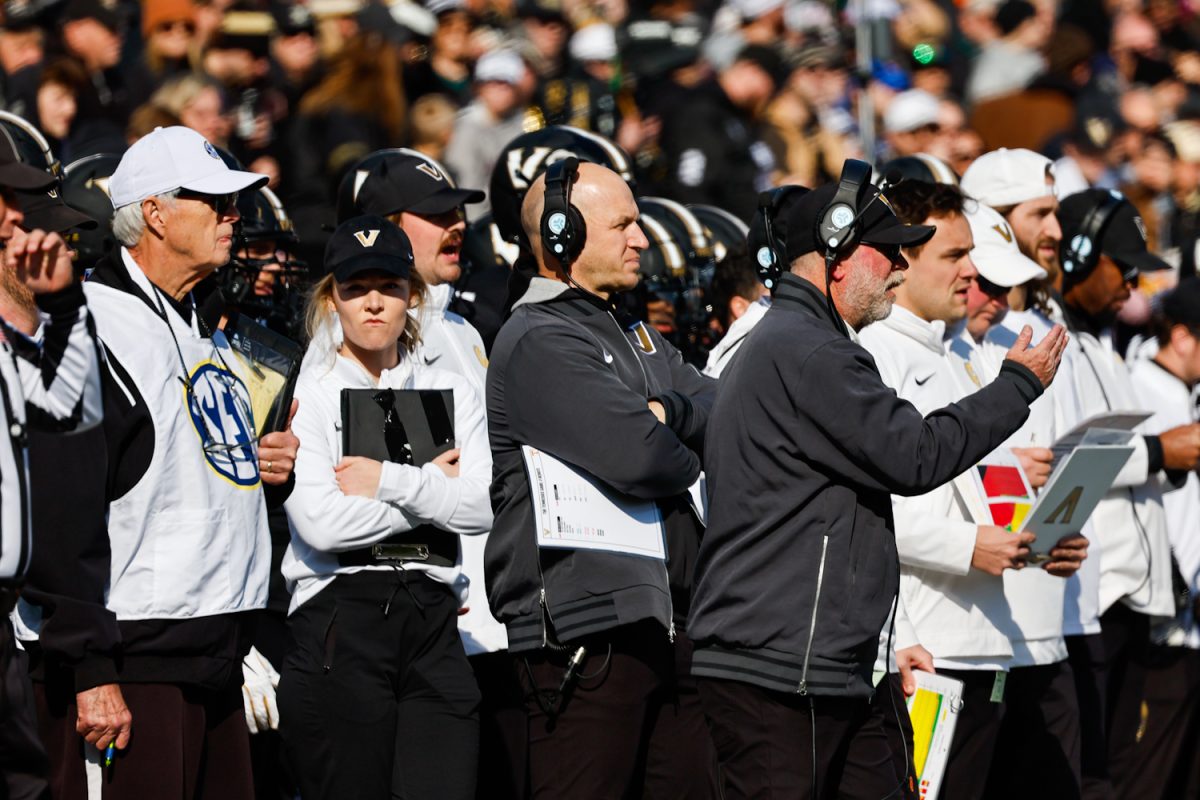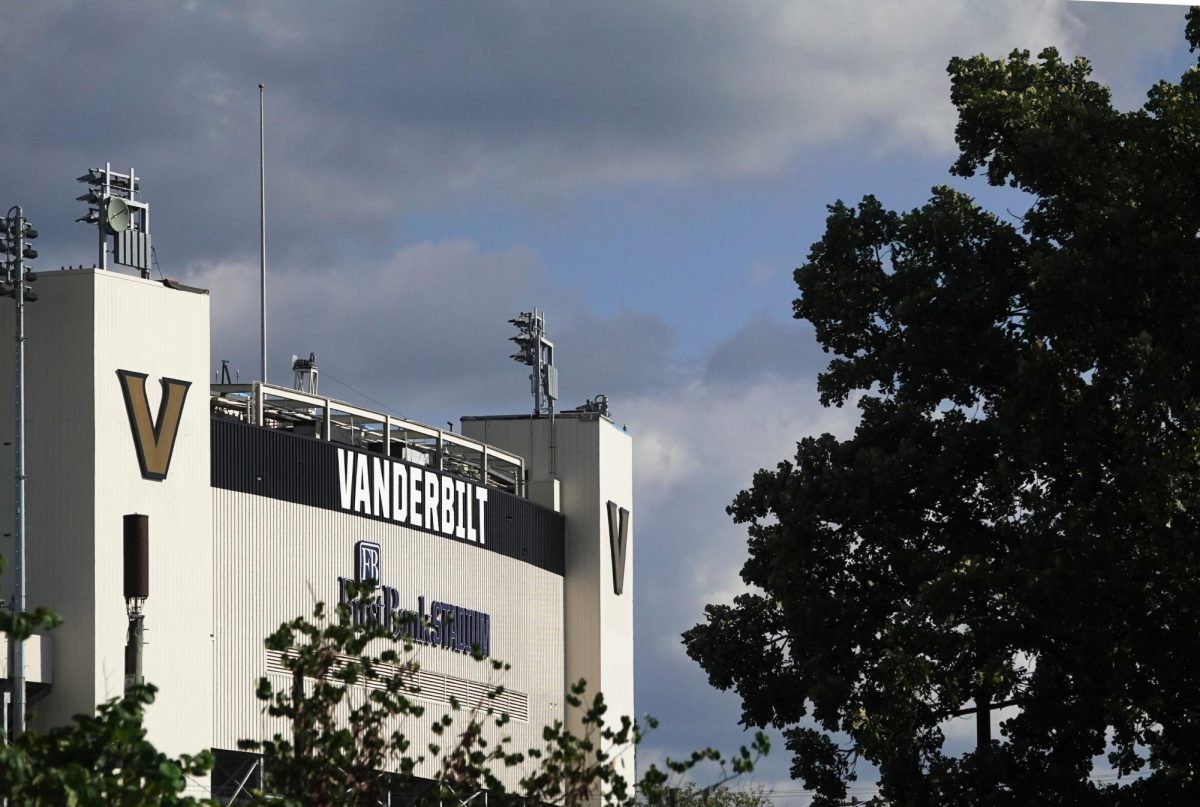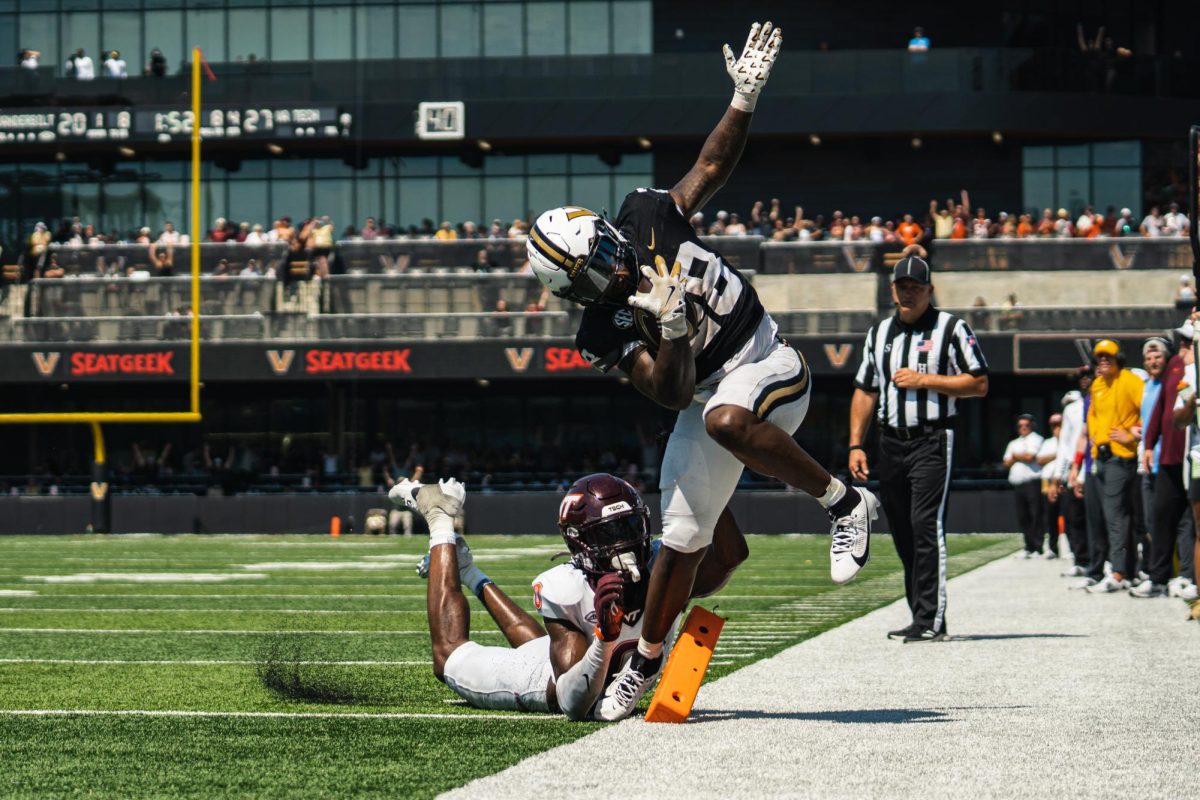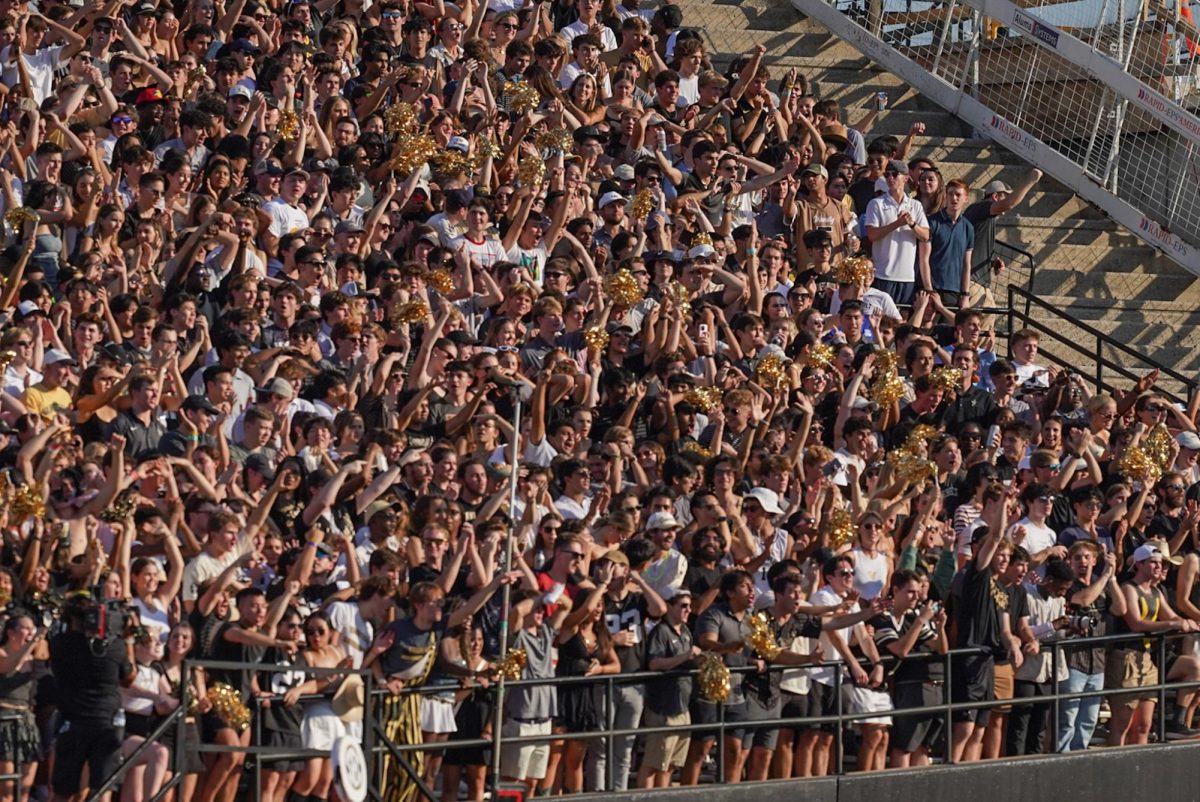Vanderbilt’s starting offensive lineup looks nearly unrecognizable from the way it did this time last year—seven out of 11 starters on last year’s offensive unit either graduated or left the team via the transfer portal. But one position group remains intact after all the roster attrition: the running back room.
A reconfigured offensive lineup may not be the worst thing for Vanderbilt: Last year, the team finished 14th out of 14 SEC teams in yards per game and points. If Vanderbilt wants to be remotely competitive in the league, the team will need to find a more consistent means of moving the ball down the field. Fortunately, the run game was comparatively more effective than the overall offensive, finishing 10th in the SEC in total yards per game, just one slot behind Alabama. With last season’s three most productive backs returning for the 2022 season, the Commodores will be well positioned to improve their burgeoning ground game.
Vanderbilt offensive coordinator Joey Lynch certainly believes the run game will be a vital part of the team’s offensive identity this season. Establishing a physical rushing attack can only help relieve pressure on recently-named starting quarterback Mike Wright.
“We want to be able to run the ball when we need to run it,” Lynch said. “We truly believe that if you can run the football, you’re gonna be able to throw the football. For us, whether it’s true handoffs or some RPO [run-pass option] game, that’s all considered run game for us.”
Clearly, last season’s abysmal passing offense wasn’t saved by a slightly better run game, but Lynch’s analysis is sound. In conjunction with Wright’s dual-threat playmaking ability, consistent yardage on the ground would do wonders for the passing game. With that said, let’s take a look at Vanderbilt’s three primary returning running backs and examine how each can contribute to winning football this season.
Ray Davis
In the first three games of the 2021 season, Ray Davis gave Commodore fans a glimpse of the true lead back the team has been missing since Ke’shawn Vaughn left Nashville for the NFL in 2020. Unfortunately, that three-game sample would account for Davis’s entire season, as he suffered a season-ending toe injury against Stanford. Over the course of those three games against ETSU, Colorado State and Stanford, Davis accumulated 211 rushing yards and 1 touchdown on an impressive 4.9 yards per carry.
In his excellent performance against Stanford, Davis demonstrated exactly how the run and passing game can complement one another. On Vanderbilt’s opening drive, Davis ripped off 2 huge runs to get the Commodores into scoring range. His bruising yet balanced play style left the Cardinals reeling, opening passing lanes for Vanderbilt to air the ball out. Later, he flashed breathtaking agility with a beautiful spin move to shake off a herd of Stanford defenders. Davis has a unique ability to break a tackle or make a gravity-defying move, then regain balance and accelerate toward the goal line in one fluid motion. He also has the strength and tenacity to fight for extra yardage, as shown on his gutsy touchdown on 4th and goal.
After handling 68% of the rushing workload while healthy last season, Davis is the presumptive starter for the 2022 season. He should be a very respectable option in short yardage situations and can still break open a big play when the defense falters. However, Vanderbilt’s offense can benefit further from incorporating the strengths of their other two returning running backs.
Rocko Griffin
Rocko Griffin was Vanderbilt’s leading rusher last season, but that title is a bit deceiving. His 517 rushing yards over 12 games was the lowest total for Vanderbilt’s top running back since 2010. While a banged-up offensive line and a generally impotent offense did not give him much to work with, Griffin’s rushing average of 3.6 yards per carry last season is still underwhelming. However, he can still be a valuable component of Vanderbilt’s offense this season, in which he demonstrated two of his strongest performances against Stanford and Ole Miss.
The first thing that jumps out from Griffin’s tape is his legitimate track-star speed. Once he reaches his top speed, Griffin is extremely difficult to track down and routinely leaves defenders hopelessly lunging for his ankles. He has great vision and an instinctive understanding of angles, which allows him to find holes and beat slower linebackers to the sideline. Griffin’s biggest limitation is that he needs a few strides to reach top speed, which curbs his effectiveness in short-yardage situations.
This season, Vanderbilt can maximize Griffin’s talents by feeding him the ball in space with pitches and screen plays. As shown above in the pitch play against Ole Miss, Griffin has already begun accelerating when he gets the ball, giving him the momentum to break free for a first down. While Griffin is unlikely to lead the team in rushing yards again in 2022, he should factor heavily into the offensive game plan as a change-of-pace option who can also contribute in the passing game.
Patrick Smith
Smith, a true freshman in 2021, was forced to burn his redshirt after Davis’s injury left the team short on running back depth. Despite his lack of collegiate experience, the precocious freshman performed admirably, putting up 360 yards on 82 carries to finish 3rd on the team in rushing. In addition to flashing explosive potential as a rusher, Smith also hauled in 16 receptions for 82 yards, the highest totals for any Vanderbilt running back. In key performances against Florida and Missouri, the teenage running back showed he was more than capable of contributing as a rusher and passer.
Smith possesses incredibly quick feet, giving him a great one-on-one ability to beat individual defenders. Against Florida, he often bounced off his first tackler and required multiple defenders to be slowed down. Smith also showcased his skills as a receiver, proving to be a lethal threat in the open field. Against Missouri, Smith constantly played through the whistle and used his physicality to fight for every possible inch. Commodore fans may need to wait another season before “Cheeks” takes over as the starter but don’t be surprised if the versatile back hears his number called early and often this season. Smith is currently the second running back on the depth chart, behind Davis.
All three of these running backs will play a vital role in determining Vanderbilt’s offensive ceiling this season. True freshmen Maurice Edwards and Chase Gillespie may also factor into the rotation as needed. If the coaching staff rotates them effectively and calls plays to match their strengths, Vanderbilt can revitalize its run game and provide support for Wright. If injuries and mismanagement continue to plague the backfield, it is likely Vanderbilt’s rushing and overall offense will sputter again in 2022.
Vanderbilt will play its first game of the season against Hawaii this Saturday, Aug. 27, at 9:30 p.m. CDT at Clarence T.C. Ching Athletics Complex.

